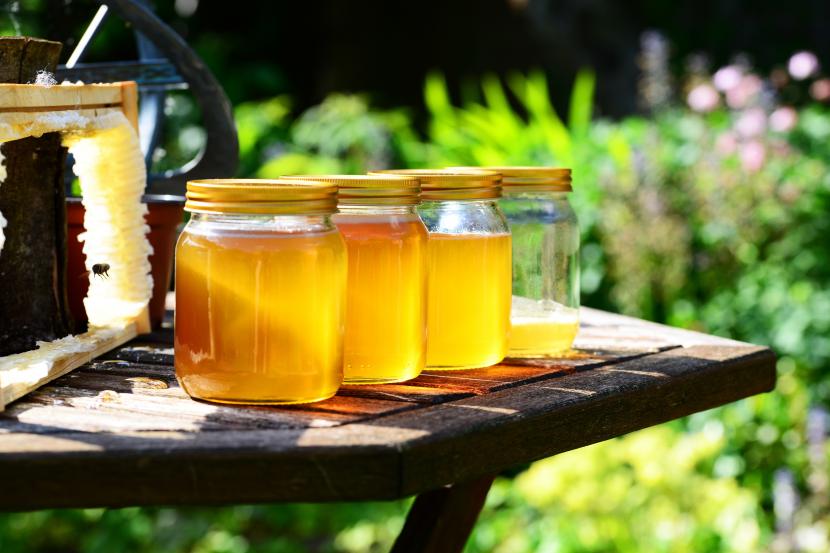Wanagama honey functions as a public health functional food.
REPUBLIKA.CO.ID, SLEMAN – UGM Forestry Faculty researcher, Dwiko Budi Permadi, developed madu Wanagama as an alternative to residents’ livelihoods. This is done in line with the improvement of the Wanagama forest ecosystem, whose development is towards non-timber forest products.
Wanagama honey is one of them honey which functions as a functional food for public health, as well as helping the pollination of forest and agricultural plants. As the name implies, this honey is developed from bees in the educational forest area of Wanagama covering an area of 622.25 hectares.
The honey is developed from the type of Apis cerana, not the Apis mellifera which is often cultivated on an industrial scale. This species is known as the local Indonesian bee, just like the apis dorsata and several other bees that live in forests.
Meanwhile, Apis mellifera was imported from Australia. Dwiko said, the origin of honey development began in the 1980s, when Wanagama was a test site for fast-growing species, one of which is Acacia mangium to produce superior pulpwood.
Mangium actually produces extra floral nectar from the axillary leaves, making it a suitable habitat for Apis cerana bees. This is because more often the nectar is released outside the flower nectar, which flowers only once a year.
When mangium is cut down because it is old and attacked by disease, many bee colonies migrate, honey production decreases. This has made local residents and Wanagama managers aware of how to maintain the types of nectar and pollen producers as a source of food for bees.
“Wanagama honey is strictly guarded so that it is not given additional feed, apart from nectar and pollen. This is what distinguishes it from cultivated honey which is often given additional artificial feed instead of nectar,” said Dwiko, Sunday (8/11).
The development involved a bee farmer group with 40 members from around the Wanagama Forest, especially Banaran, Gading, Gunungkidul, Yogyakarta. Developing a focus on the household scale, Wanagama processes after harvest so that quality is maintained.
The honey harvesting process extracts honey from the hive by heating it at a temperature above 70 degrees Celsius for 20 minutes. This method is indeed reaping the pros and cons because there is literature that says there is nutritional and chemical damage when heated.
However, this only applies to packaged honey that has left the hive. From the results of the chemical tests they conducted at the Biomaterial Conversion Lab, Faculty of Forestry UGM, it was proven that the results of heating were better.
“Because of these results, the honey extraction process does not use technology commonly used by cultivated beekeepers,” said Dwiko.
Dwiko said, honey production from the Wanagama Forest reached 680 liters or nearly one ton for one season. The results came from around 17 blocks spread over six Wanagama plots with a number of bee boxes of approximately 500-600 colonies.
The total squares were spread over 2000, but only a quarter of the colonies filled. The honey that is marketed by Wanagama is relatively more expensive than the market, the price is around IDR 600-700 thousand per liter depending on the packaging.
Apart from the apis cerana bee, Wanagama has developed the stingless bee Klanceng or Trigona sp. Klancengisasi was carried out in the yard of residents’ homes involving PKK women in Banaran Village, so the results supported functional food.
“Stingless bees are certainly more friendly to women. For the source of nectar, we are developing replacement plants of red and pink tearflowers that flower all year round,” said Dwiko.
– .

:quality(80)/cdn-kiosk-api.telegraaf.nl/d5b6bdc4-21ec-11eb-a477-02d1dbdc35d1.jpg)
:quality(80)/cdn-kiosk-api.telegraaf.nl/9c313932-21e0-11eb-a651-0217670beecd.jpg)